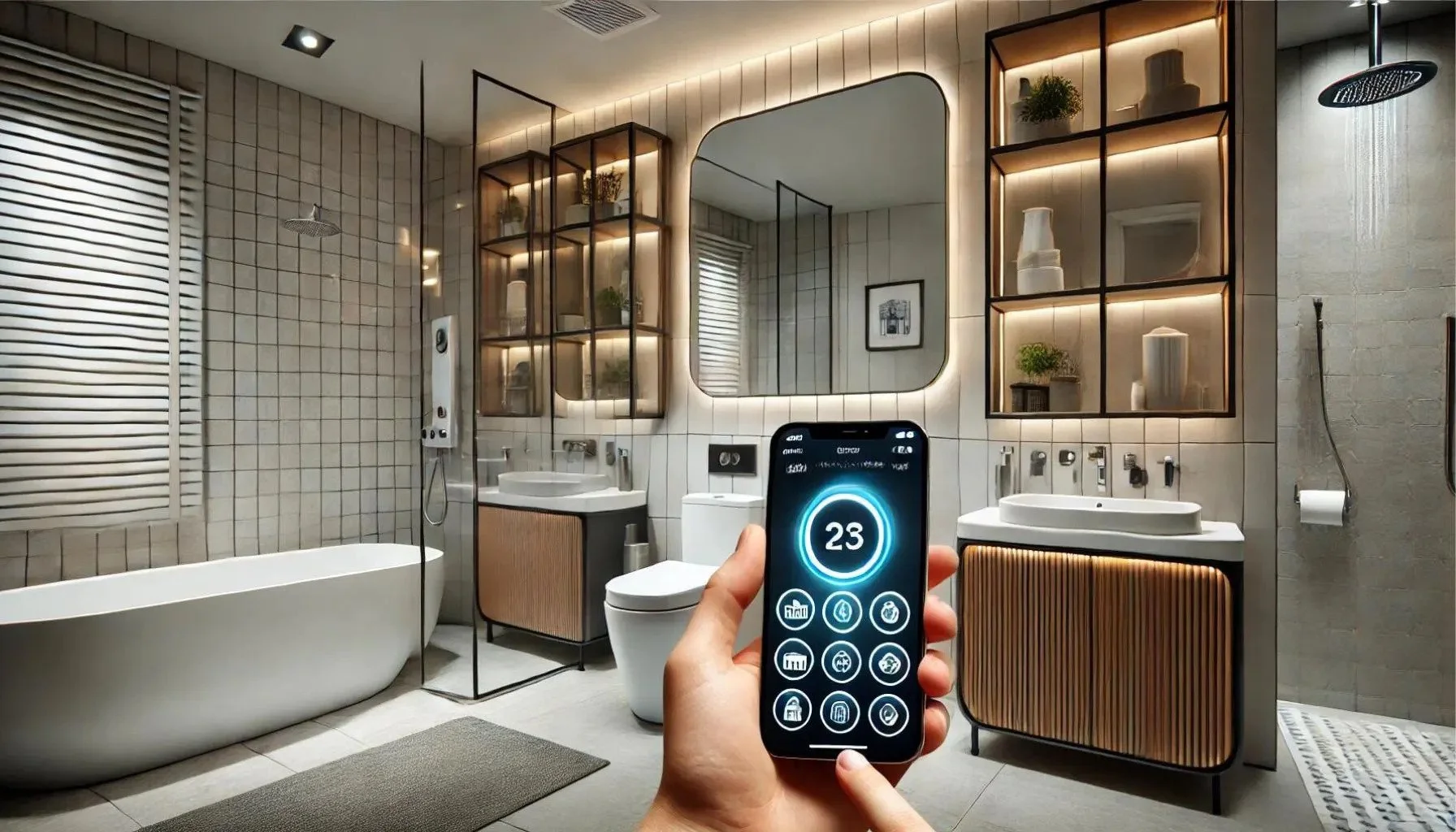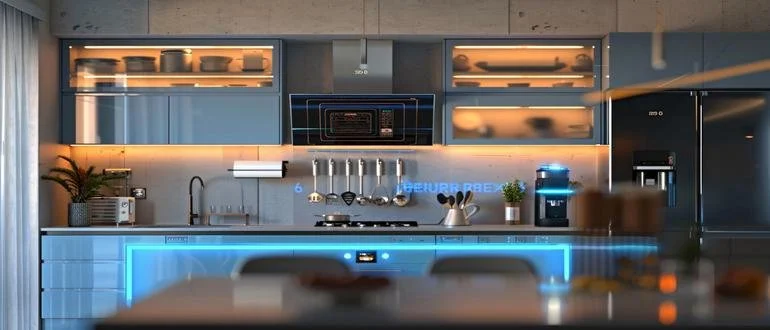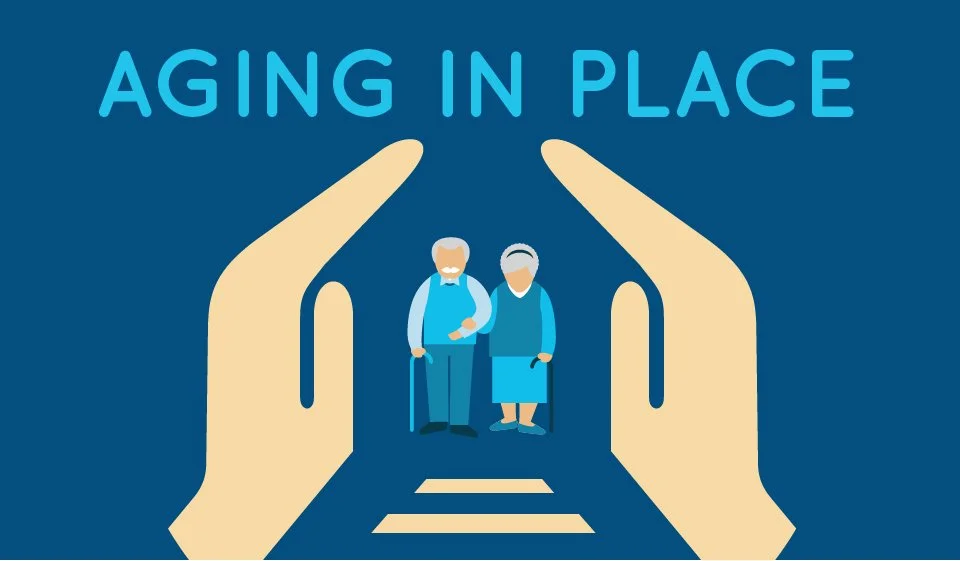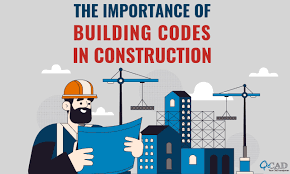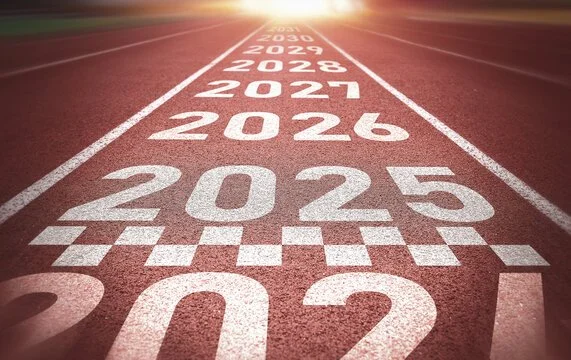Kitchen & Bath Industry Monthly Report July 9, 2025
Table of Contents
- Executive Summary
- Product Innovations
- Market Trends
- Consumer Preferences
- Regulatory Updates
- Industry Challenges
- Looking Ahead
Executive Summary
The kitchen and bath industry continues to evolve rapidly, with this week highlighting significant developments across multiple sectors. Key themes include the integration of artificial intelligence in kitchen design and appliances, the resurgence of previously "outdated" design trends, ongoing labor shortages impacting construction timelines, and regulatory uncertainty surrounding the ENERGY STAR program.
The industry is experiencing a fascinating paradox: while embracing cutting-edge AI technology and smart home integration, consumers are simultaneously gravitating toward warmer, more traditional design elements that were once considered passé. This dual trend reflects a broader desire for spaces that are both technologically advanced and emotionally resonant.
Product Innovations
Premium Kitchen Appliances Lead the Way
Küppersbusch Unveils K-Series.8 Wine Cooler
German appliance manufacturer Küppersbusch has launched its latest premium wine cooler, the K-Series.8 FWK 6862.0, showcasing the industry's continued focus on luxury and functionality. This sleek 60cm solution features a sophisticated matte black glass finish with UV protection, designed to elevate feature storage walls in modern kitchens.
Key specifications include:
- Storage capacity for 30 bottles with three pull-out wooden shelves
- Dual temperature zones: upper compartments (5°C-12°C) and lower section (12°C-20°C)
- Dynamic air circulation cooling system for optimal wine preservation
- Touch-to-open functionality with electronic temperature display
- Ultra-quiet operation at just 38dB, perfect for open-plan living
This launch reflects the growing trend toward specialized storage solutions that combine aesthetic appeal with technical precision, catering to consumers who view their kitchens as entertainment hubs.
Smart Bathroom Technology Advances
The bathroom sector is experiencing a technological revolution, with smart toilets leading the charge. Modern intelligent toilets now feature motion sensors, voice commands, self-cleaning capabilities, heated seats, and automatic flushing systems. These high-tech fixtures are gaining particular traction in the Canadian market, where consumers are increasingly prioritizing hygiene and convenience.
The integration of personalized settings allows users to customize their experience, representing a significant shift from purely functional bathroom fixtures to wellness-focused amenities that enhance daily routines.
Market Trends
Post-COVID Housing Market Transformation
According to a comprehensive report by Zillow Group Inc., today's housing market looks "remarkably different" from five years ago when the COVID-19 pandemic began. The transformation has been profound and lasting:
Key Market Changes:
- National home values have increased 45.3% since February 2020, representing more than a decade's worth of typical growth compressed into five years
- Nearly one million additional homes now exceed the $1 million threshold, bringing the total to approximately 1.6 million nationwide
- The typical $1 million home is now about 70 square feet smaller than pre-pandemic, averaging 2,388 square feet
Shifting Feature Preferences: The pandemic-era "must-have" features such as "cloffices" (closet offices), Zoom rooms, and office sheds have proven to be short-lived trends. However, outdoor features have demonstrated lasting appeal, with buyers willing to pay at least 2% more for homes featuring outdoor kitchens, pizza ovens, and bluestone patios.
Construction Industry Response: Rising mortgage rates have prompted builders to pivot toward higher-density housing options like townhomes and condos, allowing them to maintain affordability while managing increased land and material costs.
The Return of "Outdated" Design Trends
In a surprising turn, several previously dismissed design elements are making a strong comeback, signaling a shift away from the stark minimalism that dominated the past decade:
Unlacquered Brass Renaissance: This finish is experiencing renewed popularity due to its ability to develop patina and tell a story over time. Unlike its polished counterpart, unlacquered brass offers a matte finish that's both easy to maintain and rich in character.
Deep Color Revival: The all-white kitchen era is giving way to richer color palettes. Design experts report increased demand for "color drenching," moodier tones, and rich wood finishes that create spaces with soul and narrative depth.
Colorful Appliances Return: Major manufacturers like Kohler are reviving traditional colors from the 1970s, including Teal, Fresh Green, and Aspen Green in their Heritage Colors collection. Even white appliances are making a comeback, reimagined with modern aesthetics and gold hardware accents.
Consumer Preferences
AI Integration in Kitchen Design and Cooking
Artificial intelligence is revolutionizing how consumers interact with their kitchens, moving beyond simple "smart" appliances to create truly personalized culinary experiences:
Smart Cooking Technology:
- High-end ranges now feature sensors that, combined with AI, recognize ingredients and automatically adjust cooking modes
- Smart ovens can anticipate users' next moves, learning from cooking patterns and preferences
- AI-powered meal planning systems personalize recipes based on available ingredients and dietary requirements
Design Tool Revolution: Interior designers are increasingly using AI tools like Midjourney to generate detailed 3D models and renderings. Designer Vanessa Francis reports using AI to quickly show clients how different colors, textures, and finishes will look in their spaces, describing it as "like a crystal ball for your renovation."
Aging-in-Place and Accessibility Focus
The aging-in-place trend continues to drive bathroom renovations, with safety and accessibility features becoming standard rather than specialized additions:
Key Safety Features in Demand:
- Zero-threshold showers for easy access
- Strategically placed grab bars that blend with design aesthetics
- Non-slip tile surfaces throughout wet areas
- Improved lighting for better visibility
This trend reflects a broader understanding that accessible design benefits all household members, regardless of age or ability, leading to more inclusive design approaches across the industry.
Natural Materials and Textures
Consumer preferences are shifting toward natural materials and textures that bring warmth and authenticity to kitchen and bath spaces:
Popular Material Choices:
- Natural wood finishes, with white oak maintaining its popularity
- Textured finishes including woodgrain laminates and wire-brushed surfaces
- Subtle geometric inlays and slatted wood details
- Natural stone surfaces that emphasize organic patterns and variations
Regulatory Updates
ENERGY STAR Program Faces Uncertain Future
The kitchen and bath industry is closely monitoring potential changes to the ENERGY STAR program, which has been a cornerstone of energy efficiency standards for over three decades:
Current Situation: The Trump administration has indicated plans to terminate the ENERGY STAR program, currently administered by the EPA's Office of Atmospheric Protection. This office may be dissolved as part of planned budget cuts and opposition to previous environmental agendas.
Industry Response: The Association of Home Appliance Manufacturers (AHAM) has proposed an alternative solution: transferring the program to the Department of Energy (DOE) to create a "streamlined" version that would preserve consumer choice while reducing regulatory burden.
Potential Impact:
- Uncertainty surrounds $2,500 federal tax credits tied to ENERGY STAR building standards
- Federal tax credits of up to $3,000 for energy efficiency upgrades are also at risk
- The program currently covers more than 75 product categories, including appliances, lighting, and HVAC systems
Historical Context: Since its inception in 1992, ENERGY STAR has:
- Helped American families and businesses save over $500 billion in energy costs
- Prevented an estimated 4 billion metric tons of greenhouse gases from entering the atmosphere
- Become a trusted symbol for energy efficiency among consumers
Building Code Updates and Compliance
Local jurisdictions continue to update building codes affecting kitchen and bath renovations:
Key Areas of Focus:
- Enhanced accessibility requirements for bathroom renovations
- Updated ventilation standards for kitchens and bathrooms
- Stricter electrical and plumbing code compliance for smart home integrations
- Commercial kitchen regulations emphasizing health authority and fire code standards
Industry Challenges
Labor Shortage Crisis Deepens
A landmark study by the Home Builders Institute (HBI) and National Association of Home Builders (NAHB) has quantified the severe impact of skilled labor shortages on the residential construction industry:
Economic Impact:
- Annual economic impact of $10.8 billion due to extended construction times
- Approximately 19,000 single-family homes not built in 2024, representing $8.1 billion in economic loss
- Average construction time increase of 1.98 months, with smaller builders experiencing even greater delays
Industry-Wide Effects: The skilled labor shortage creates a cascading effect throughout the kitchen and bath industry:
- Higher construction costs passed on to consumers
- Prolonged project timelines affecting customer satisfaction
- Reduced supply of new homes exacerbating the housing affordability crisis
- Increased pressure on existing contractors and subcontractors
Strategic Response Needed: Industry experts emphasize the urgent need for strategic interventions, including:
- Enhanced training programs for skilled trades
- Immigration policy reforms to address workforce gaps
- Technology adoption to improve efficiency
- Competitive compensation packages to attract new talent
Rising Business Costs and Profit Pressures
The industry faces mounting cost pressures from multiple directions:
Material and Land Costs:
- Continued elevation in material costs affecting project budgets
- Rising land prices in desirable markets
- Supply chain disruptions creating unpredictable pricing
Financial Market Pressures:
- Rising mortgage rates squeezing buyer budgets
- Reduced consumer spending on discretionary home improvements
- Increased financing costs for contractors and suppliers
Adaptation Strategies: Companies are responding through:
- Value engineering to maintain affordability
- Focus on higher-density housing options
- Emphasis on energy-efficient solutions to offset operating costs
- Strategic partnerships to achieve economies of scale
Looking Ahead
Technology Integration Accelerates
The kitchen and bath industry stands at the threshold of a technological revolution. AI integration is moving beyond novelty to become an essential component of modern design and functionality. We can expect to see:
- More sophisticated AI-powered appliances that learn and adapt to user preferences
- Enhanced integration between kitchen and bath systems within smart home ecosystems
- Continued development of voice-first interfaces and gesture controls
- Greater emphasis on sustainability through AI-optimized energy and water usage
Design Philosophy Evolution
The return of warmer, more personalized design elements signals a broader shift in consumer psychology. The industry is moving toward:
- Spaces that balance high-tech functionality with emotional comfort
- Increased customization options that reflect individual personalities
- Greater emphasis on storytelling through material choices and finishes
- Integration of wellness principles in both kitchen and bath design
Market Adaptation Strategies
Successful companies will need to navigate multiple challenges simultaneously:
Workforce Development:
- Investment in training programs and apprenticeships
- Adoption of labor-saving technologies and prefabrication methods
- Strategic partnerships with educational institutions
Regulatory Navigation:
- Proactive engagement with policy makers on energy efficiency standards
- Development of alternative certification programs if ENERGY STAR changes
- Compliance with evolving accessibility and safety requirements
Consumer Education:
- Clear communication about the value of premium features and materials
- Education about long-term benefits of energy-efficient and smart home technologies
- Guidance on design choices that balance trends with timeless appeal
Conclusion
The kitchen and bath industry continues to demonstrate remarkable resilience and innovation in the face of significant challenges. While labor shortages and regulatory uncertainty create headwinds, the sector's embrace of AI technology and responsiveness to evolving consumer preferences position it well for future growth.
The week's developments underscore a fundamental truth: successful companies will be those that can seamlessly blend cutting-edge technology with timeless design principles, creating spaces that are both functionally advanced and emotionally satisfying. As we move forward, the industry's ability to balance innovation with tradition, efficiency with beauty, and technology with humanity will determine its success in meeting the evolving needs of consumers.
This report is based on industry news and developments from June 29 - July 5, 2025. Sources include Kitchen & Bath Design News, KBBFocus, House Beautiful, Real Simple, and various industry publications.
Report Date: July 9, 2025




